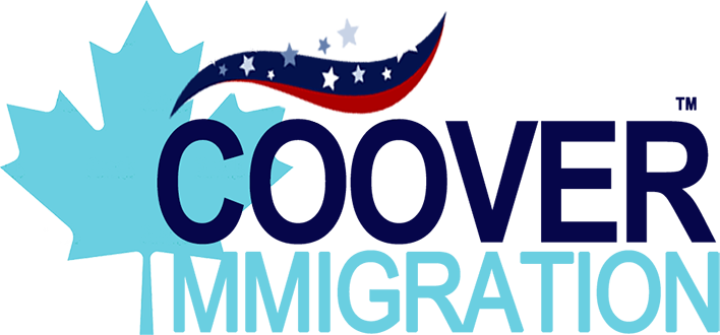Unless an exemption applies, many foreign nationals will need an approved LMIA from a Canadian employer to obtain a work permit for Canada. The LMIA process focuses on the Employer and the approval belongs to the Employer not to the Applicant.
LMIA stands for “Labour Market Impact Assessment,” and it is a document issued by Employment and Social Development Canada (ESDC or Service Canada) that assesses the impact of hiring a foreign worker on the Canadian labor market. In simpler terms, an LMIA is required by Canadian employers who want to hire foreign workers to ensure that hiring a foreign worker will not negatively affect the job opportunities for Canadian citizens or permanent residents. Stated simply: the employer must have the permission from the Canadian government to hire a foreign national.
The LMIA process involves the employer applying to the Service Canada, providing information about the job, the efforts made to hire Canadians or permanent residents, and the potential impact on the Canadian labor market. The assessment takes into consideration factors such as the labor market conditions, the wages offered, and the efforts made to recruit Canadian workers.
If the LMIA is approved, the employer can use it to support the foreign worker’s application for a work permit from Immigration, Refugees and Citizenship Canada (IRCC). However, obtaining a positive LMIA does not guarantee that a work permit will be issued. The worker still needs to meet other requirements for entry into Canada.
It’s important to note that some jobs and situations may be exempt from the LMIA requirement, such as those covered by international trade agreements, working while studying in Canada or specific work permit categories. The LMIA process is designed to strike a balance between meeting the labor needs of Canadian employers and protecting the job opportunities for Canadian citizens and permanent residents.
From the perspective of the worker, the timeline would be as follows:
- Worker has received a job offer for Canada.
- Employer commences the recruitment process.
- Employer applies for the LMIA through Service Canada’s Online Platform.
- Employer receives an approval.
- Worker applies for the work permit.
- Worker is approved.
- Employer transports worker to Canada or to job location inside Canada (if worker is already in the country).

